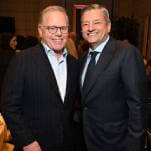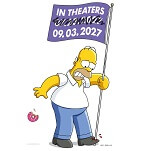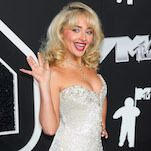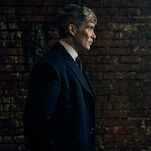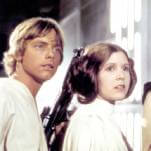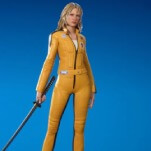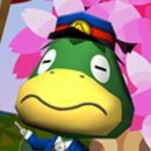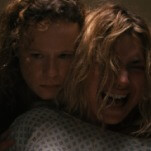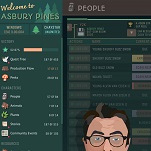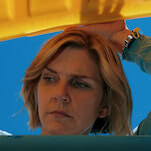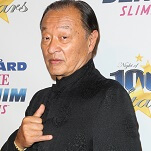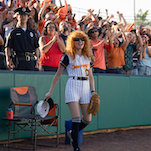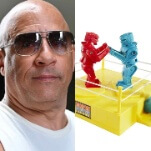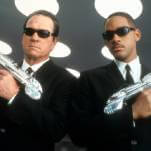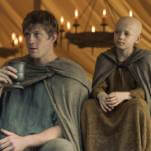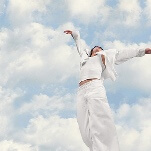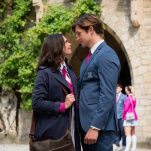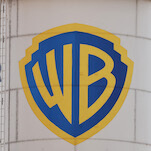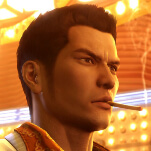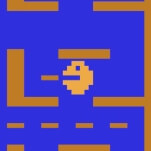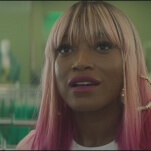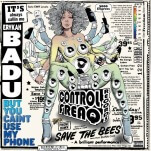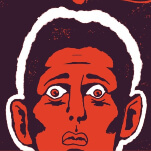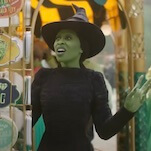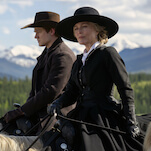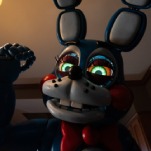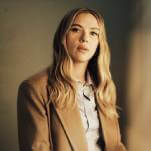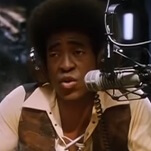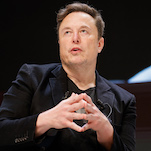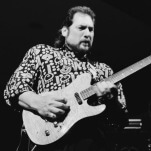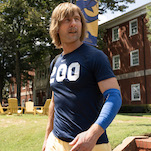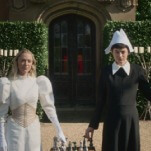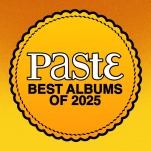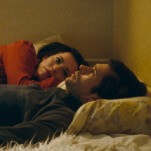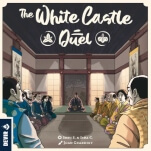Tim Conway vs. the Cabbage Patch Kids: Macy's Parade as Weird Cultural Touchstone

Pop culture is defined as much by ephemera as it is by the big things. When people look back at 2009 in decades to come, they may remember it as the year of Transformers 2 or the year NCIS took over the airwaves or something like that, but that will miss the smaller, more interesting picture painted by all of the weird little odds and ends that crop up in the margins. Pop culture is a mosaic of tiny elements that crowd together and create a larger picture of any given moment on our weird little planet, and there are few better ways to take the temperature of the pop cultural room than to watch the Macy's Thanksgiving Day Parade for any given year and see just what was popular, what was valued and what was heavily advertised that year.
The parade—one of the few holiday television traditions that has survived the transition to the cable universe on the same network and mostly intact and recognizable as itself—is a beloved institution, filled with famous floats and recurring bits. Santa Claus attends every year to wrap up the parade, of course, and there's that giant turkey float. There are also the varied performances from casts of Broadway musicals and the Rockettes, and most every float will feature some B-list celebrity crooning a Christmas carol or patriotic tune, particularly if they're on a float purporting to honor the troops. All of this is the good, wholesome fun Thanksgiving traditions are made of, the sort of thing watched in a stupor as preparations begin in the kitchen and the football games are still hours away.
But the Macy's Thanksgiving Day Parade is also crassly, crassly commercial. Weirdly, no one's ever seemed to mind this all that much, despite the fact that it's an event mostly designed to get people—especially little kids—excited about shopping for Christmas gifts, preferably at Macy's. Perhaps because the parade began as a department store trying to drum up interest in holiday shopping—the official party line is that the event was started by European immigrants looking to create something similar to the festivals celebrated in their native lands, but no department store would put its name on an event like this for wholly altruistic reasons—no one quite minds that any given parade usually just descends into a lengthy collection of pop culture ephemera that people found important that year.
The foremost example of this comes from which balloons make the balloon lineup every year. There are perennial favorites, like Snoopy, Bugs Bunny and assorted Disney characters, but every year's lineup is filled out with flash-in-the-pan cartoon characters, commercial mascots and inexplicable movie tie-ins. Just pulling from the last 20 years of balloons, good examples of all three would be Chicken Little (from the justly forgotten Disney film of the same name), Jeeves of Ask.com fame and Beethoven the dog from the briefly popular kids movies of the early '90s.
In fact, here's Beethoven now in 1993.
Reading the promotional copy sent over by the studios uncritically is a hallmark of the parade coverage by whichever Today show anchors NBC manages to force to look at the balloons going by. Listen, for instance, to just how baffled Willard Scott seems to be by Bart Simpson in this clip from 1991, from when the Simpsons were the big new thing. It seems as though Willard has possibly heard of the Simpsons or read a news article about them, but he hasn't quite grasped what the show's about or its popularity. (Also, remember when Bart was The Simpsons' breakout character? Macy's captures even the smaller changes in pop cultural institutions.)
Also a tactic long used by NBC? Identifying the balloons as though they were major news figures. Here's that famous diplomat, the one who prevented the escalation of the Cuban missile crisis before settling into a secondary career on the funny pages, helpfully identified by NBC's chryon in case you forgot him, "GARFIELD."

